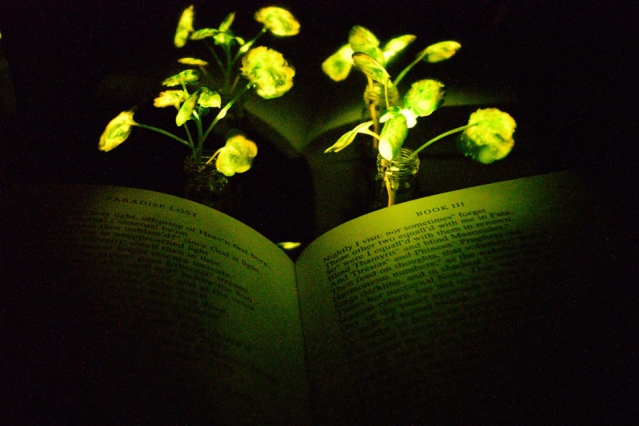In 2017, MIT researchers developed light-emitting plants by infusing nanoparticles into plants. With the technology, scientists hope to create a greener solution for lighting which electricity will no longer be necessary. The idea then led to an interdisciplinary collaboration between an MIT architecture professor and a professor of chemical engineering.
Michael Strano, the Carbon P. Dubbs Professor of Chemical Engineering at MIT, and his team implanted an enzyme that turns the plants’ stored energy into light, making plants glow like how fireflies do. Based on the technology, the researchers reached out to professor of architecture to further extend the potential of the approach.

(Image: MIT)
Sheila Kennedy, an expert in green infrastructure and a professor of architecture at MIT, teamed up with Strano to go through some fundamental questions to figure out how lighting plants can be applied in future building and architecture for the public.
With the collaboration began in 2017, the team has found approaches to prolong and intensify the light shined by plants with different components. The researchers have added to their original patent on the light-emitting plant concept, filing a new patent on the capacitor and other components, noted Strano.

(Image: MIT)
Currently the architectural possibilities of their light-emitting plant is on display within a new installation, “Plant Properties, a Future Urban Development,” at the Cooper Hewitt, Smithsonian Design Museum in New York. The exhibition offered an unexpected way to demonstrate the plants’ possibilities.
The researchers aim to raise awareness on how lighting is consuming a vast portion of energy and hope to develop a new infrastructure that integrates the plants into a new internal ecosystem of sunlight, water and waste disposal. .





 CN
TW
EN
CN
TW
EN







